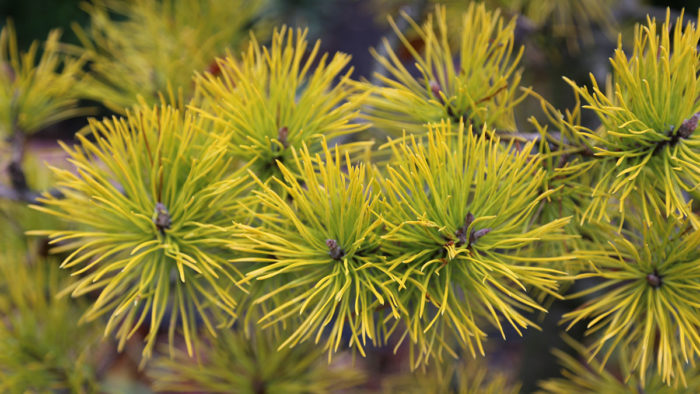
Late winter and early spring in the Pacific Northwest are challenging times for the gardener. The dark, wet, stormy days often force us to be inside, and we rarely get to enjoy the outdoors. Our interactions with our gardens are often relegated to glimpses of them from inside the house or while dashing to and from the car. This is when we must rely on stunning, bright-colored conifers to slow us down and allow us to appreciate foliage. I like using these plants to add brightness and an element of surprise to a dark winter garden. Here are a few of the conifers I enjoy in the garden this time of year that should be available at local nurseries and garden centers.
‘Chief Joseph’ lodgepole pine
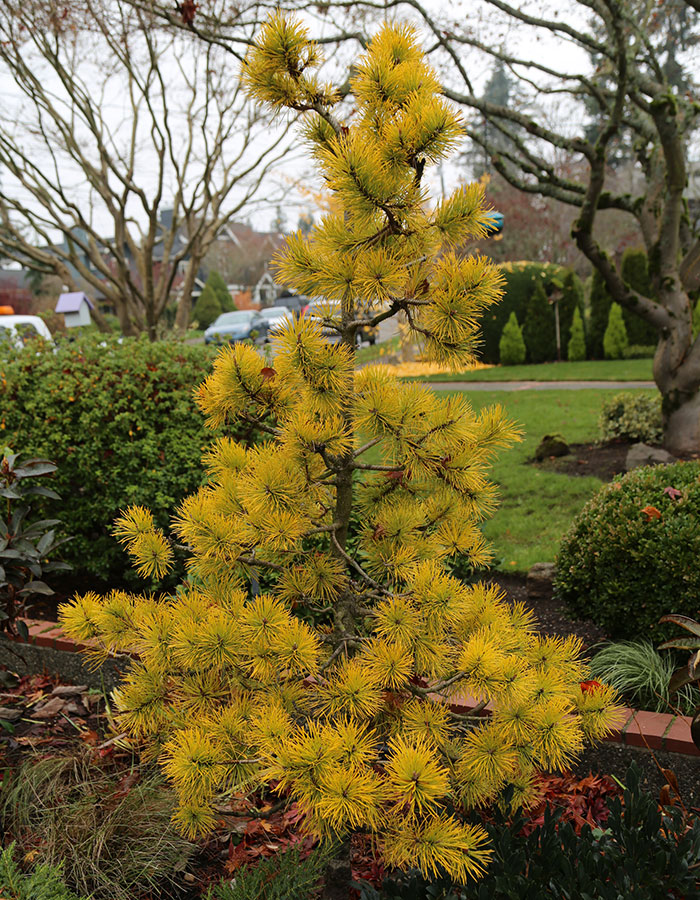
Growth rate: 4 to 6 inches per year
Mature size: 6 feet tall by 4 feet wide
If you are looking for a stunning garden specimen, look no further. ‘Chief Joseph’ lodgepole pine (Pinus contorta var. latifolia ‘Chief Joseph’, Zones 5–9) is a unique and exquisite tree. This chance sport of a lodgepole pine was discovered in the Wallowa Mountains in eastern Oregon by plantsman Doug Will. He named it for the famous Nez Perce Native American leader Chief Joseph. This special and unique pine is for the serious plant collector. Don’t be shocked by the price; it is notoriously hard to propagate and slow growing. The most interesting aspect of this pine is that when the cool weather starts and the days become shorter, it changes colors. ‘Chief Joseph’ turns from a light or medium green to a dramatic golden yellow. This is a beautiful specimen tree and is well worth the time and price for the right garden. Like all pines, this tree needs well-drained soil and full sun.
Dwarf golden Japanese yew
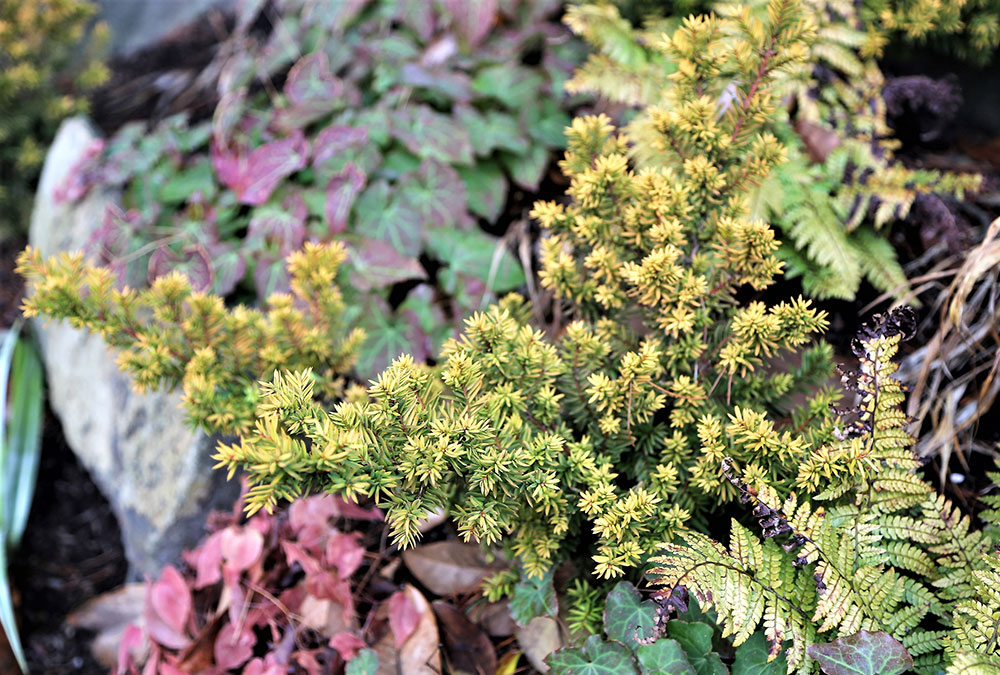
Growth rate: 3 to 6 inches per year
Mature size: 2 feet tall by 6 feet wide
Dwarf golden Japanese yew (Taxus cuspidata ‘Nana Aurescens’, Zones 4–8) has year-round golden color. This compact variety comes from Japan, Korea, China, and Russia and is well suited to our wet and cold Pacific Northwest winters. The new growth on this yew is bright golden yellow and provides a nice contrast to the previous season’s growth that will darken to green as it matures. This cultivar of Japanese yew prefers partial shade to prevent sun-scorching and will grow well as an understory plant. It looks lovely planted en masse or intermingled in a low mixed planting arrangement. Other plants should not cover it, however, as that will cause it to die back. Like all yews, it requires some supplemental moisture but resents standing water. Yews are great long-lived plants for any garden and can be pruned to maintain size and shape.
Winter Sun mugo pine
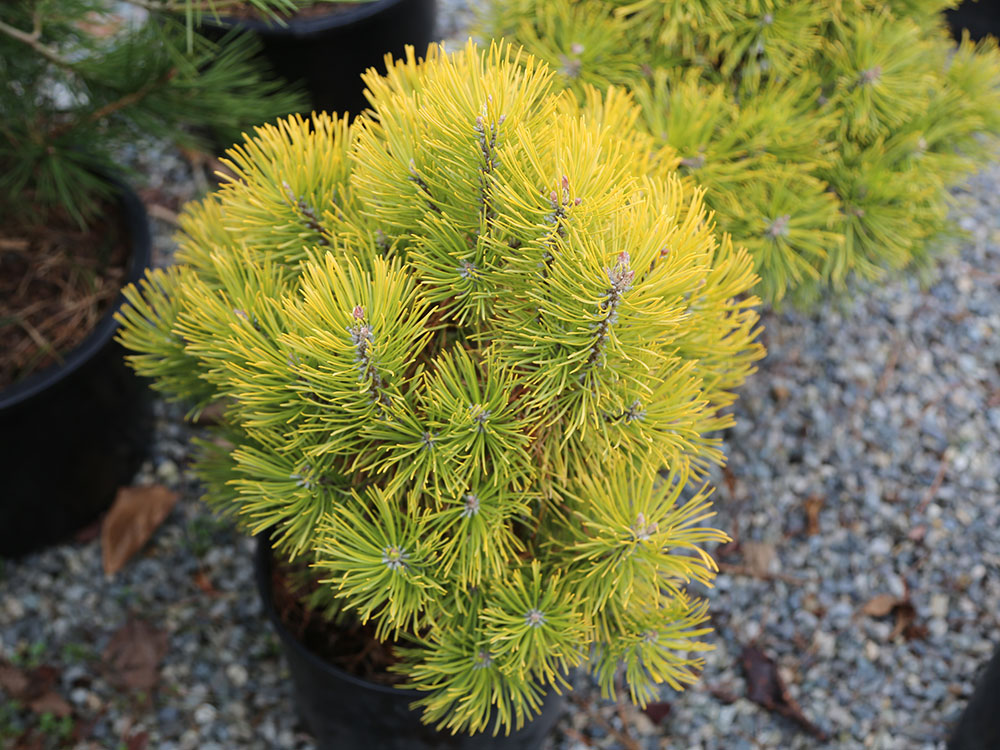
Growth rate: 2 to 4 inches per year
Mature size: 1 foot tall by 3 feet wide; possibly up to 4 feet tall and 6 feet wide in perfect conditions
This color-changing dwarf mugo pine adds a bright punctuation of gold to a dark winter garden. Winter Sun mugo pine (Pinus mugo ‘Wintersonne’, Zones 2–8) is a typical light green like many other conifers during the growing season, but like ‘Chief Joseph’ lodgepole pine, it turns bright amber-gold as the temperatures drop and the days become shorter. Winter Sun mugo pine, like most golden-needled varieties, is slow growing and usually does not require any pruning to maintain its nice tidy habit.
Adding some brightly colored conifers is an excellent way to brighten up your winter garden. Hopefully this selection will inspire you to try some lovely golden-needled conifers in your own garden or possibly find some different ones at your local garden center or nursery.
—Jason Jorgensen is a landscape designer in Seattle.



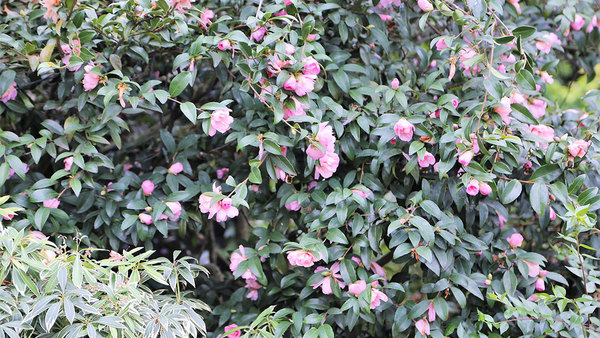
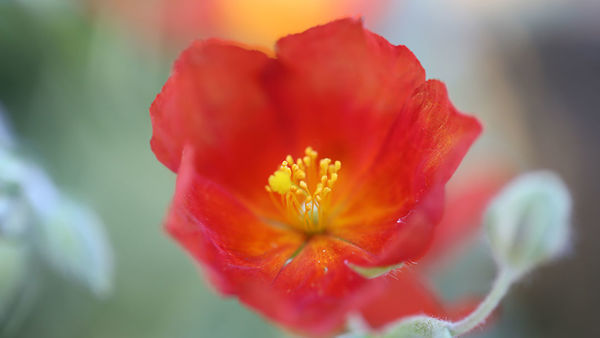
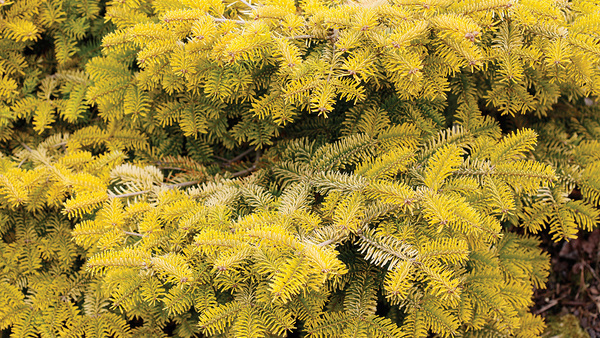












Comments
Log in or create an account to post a comment.
Sign up Log in